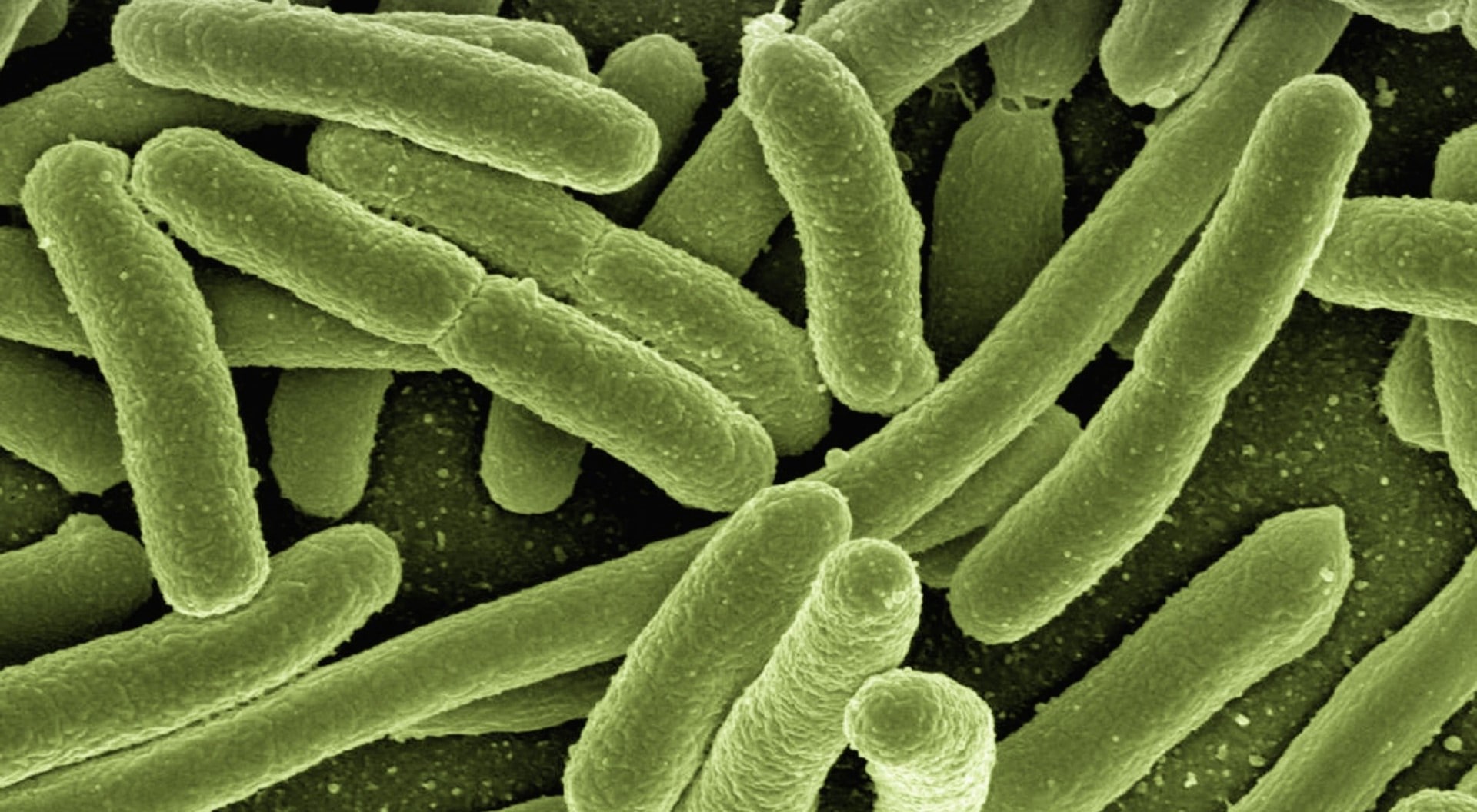Innate immune shaping of the intestinal microbiome
Research Theme 2
About
Disruption of the human microbiome is associated with many disease conditions yet the influence of the innate immune response on the microbiome community has not been systematically investigated. Although the host response to the bacteria is a critical component (Theme 1), the impact of these responses in regulating bacterial commensal communities is equally important.1Turnbaugh PJ et al., An obesity-associated gut microbiome with increased capacity for energy harvest. Nature, 2006 444:1027-31.
We will compare compositional and functional changes induced in healthy and dysbiotic microbiome communities using the EMULATE microfluidics ‘organ-on-a-chip” system at baseline, and when stimulated with LPS and cytokines. Changes in microbiome composition will be measured by whole-genome metagenomics, meta-transcriptomics and metabolomics.
This analysis will unlock signalling processes between the host and the microbiome, identify key bacteria susceptible to environmental perturbations and provide an understanding of how local mucosal signals influence the local microbiome.
2.1
Measuring host factors modulating the microbial community
A key advantage of the EMULATE gastrointestinal organ-on-a-chip system is its ability to recreate the natural anaerobic lumenal environment to maintain and measure changes in bacterial communities over extended periods of time. Faithfully replicating an anaerobic environment will overcome the loss of bacterial viability encountered in many systems and enable long-term interaction studies to understand how human cells interact with bacterial communities for the first time.
Our aim is to better understand how differential signalling impacts microbiome composition and state. Whole genome metagenomic, meta-transcriptomic and metabolomics measurements will be performed. Analysis of these datasets will utilize newly developed genome-guided metagenomics approaches.
2.2
Validation of keystone species in host-commensal interactions
To understand the key host-modulatory events driving changes in microbial community, keystone species impacted by the response will be identified through the application of graph theory based network and correlation analysis that integrates bacterial genome and temporal response data within the community. Targeted transcriptional and metabolic measurements will be made to validate the computational models.
2.3
Characterisation of key host factors that modulate the microbiome
Combing this data with network reconstruction techniques will provide capacity to generate a detailed set of bacterial species enhanced or susceptible to the cytokine induced host changes. These reconstructions will enable prediction of host metabolic factors that modulate the microbiome, and computational prediction of bacterial genes that mediate this susceptibility.
Outcome
THEME 2 will provide the first comprehensive knowledge of the impact of mucosal responses on microbiome communities. Understanding the metabolic interactions and keystone species within the healthy microbiome raises the possibility of rationally selected probiotics or microbiome mimetics to modulate microbial community composition as a therapeutic intervention, as well as potential non-invasive metabolic biomarkers for early detection of dysbiosis and disease.
Our Research Themes

Innate immune sensing of the human intestinal microbiome
Theme 1

Innate immune shaping of the intestinal microbiome
Theme 2

Tissue specificity in mucosal-microbiome interactions
Theme 3

Disruption of mucosal-microbiome interactions
Theme 4
Get the latest updates
Subscribe to our mailing list to keep up to date with the latest news from Synnate
